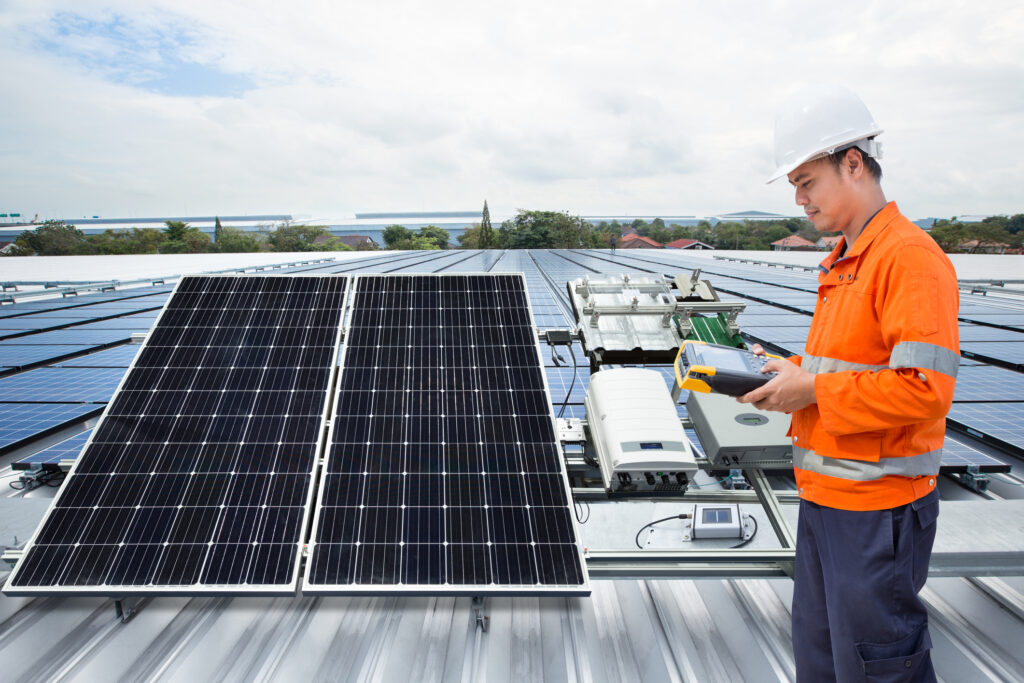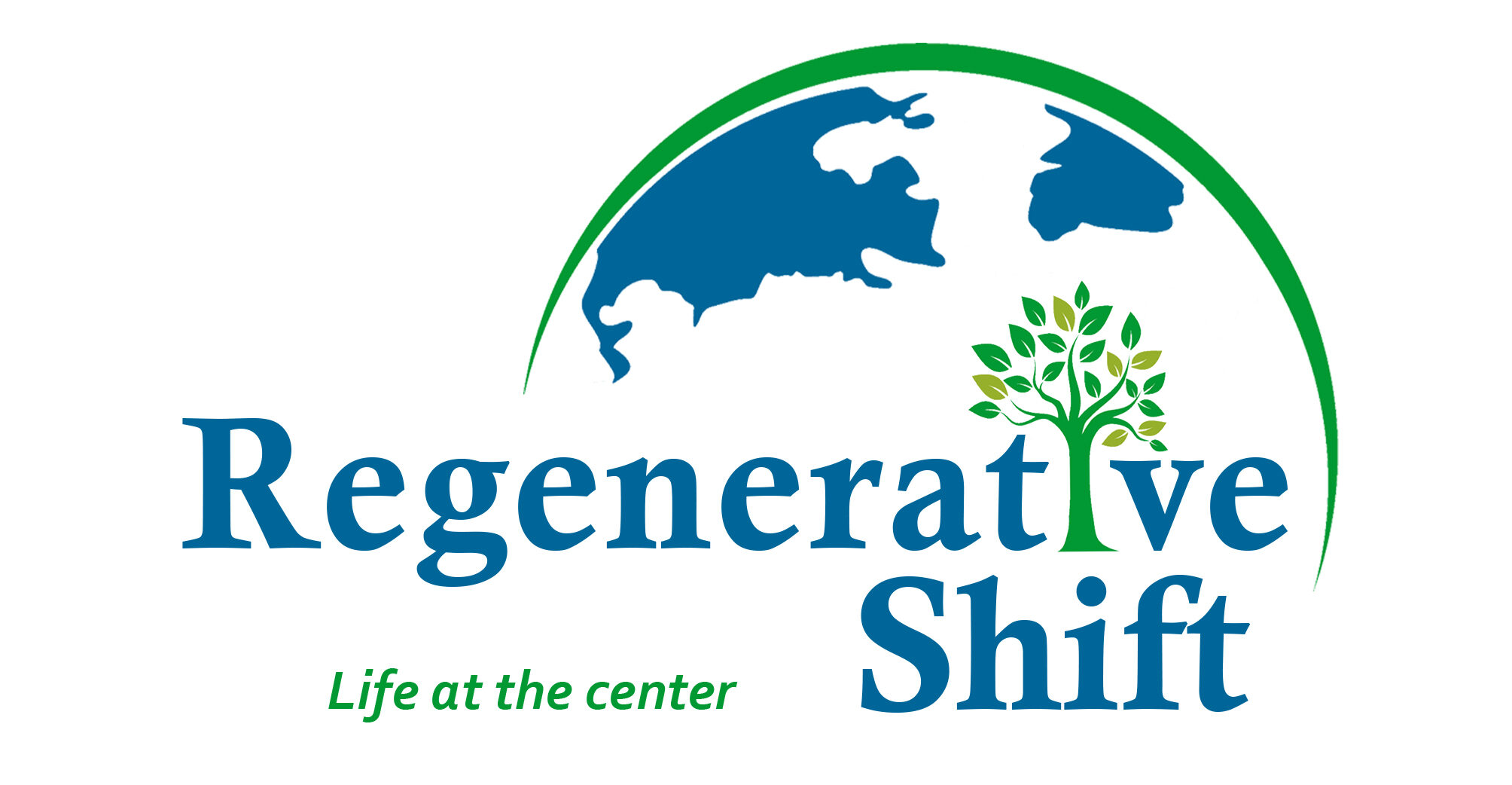Introduction to the Domestic Content Bonus Credit
The Inflation Reduction Act of 2022 provides scale-tipping tax incentives for commercial solar projects. Most commercial projects can qualify for a 30%* Section 48 Investment Tax Credit. Under Direct Pay provisions, non-profits, churches, tribes, schools, and local government projects can also receive a check from the IRS of 30% for commercial solar projects. In addition, the Inflation Reduction Act provides several bonus credits, including a 10% Domestic Content Bonus Credit, providing a 40% total Investment Tax Credit.
The Domestic Content Bonus Credit is designed to incentivize the use of American-made components in renewable energy projects. However, its complexity, highlighted in the May 12, 2023 memo from the IRS, presents both challenges and significant opportunities, particularly for domestic manufacturers of photovoltaic (PV) components, panels, and inverters.
This Domestic Content Bonus Credit is highly sought after, but not yet achieved on many, if any, projects. The U.S. renewable energy sector stands at a crucial juncture, with the Domestic Content Bonus Credit under Section 48 Investment Tax Credit (ITC) projects playing a pivotal role. In 2023, no major manufacturers or projects capitalized on the Bonus Credit, but 2024 is likely to see the first movers getting a big advantage.
*Projects over 1 mW are subject to prevailing wage and apprenticeship requirements to be eligible for a full credit.

Understanding the Domestic Content Bonus Credit
The Domestic Content Bonus Credit offers a financial boost for clean energy projects that use U.S.-manufactured products. Under Section 48 ITC, this translates into a 10% bonus credit for projects that meet certain domestic sourcing requirements. Essentially, it aims to encourage the growth of the U.S. renewable energy sector while simultaneously bolstering domestic manufacturing.
However, the complexity of these requirements cannot be understated. The credit hinges on detailed specifications regarding the percentage of American-made materials and components used in renewable energy projects, such as solar farms. These specifications were further elaborated upon in a critical memo issued by the IRS on May 12, 2023.
The May 2023 Memo and Its Implications
The IRS memo sheds light on the intricate details of the Domestic Content Bonus Credit, delineating the nuanced criteria that projects must meet to qualify. It specifies the required percentages of domestic content, varying based on the project’s commencement date, and clarifies which materials and manufacturing processes are considered ‘domestic.’
For instance, to qualify for the credit, a project beginning construction in 2024 must ensure that 100% of its steel and iron, and at least 40% of the remaining components for a solar installation are sourced from within the United States. This percentage escalates over time, reaching 55% for projects starting construction post-2026. The stringent nature of the guidelines left a giant gap that is heating up US manufacturing investments, but left 2023 projects out in the cold.
Ramp Up Period for U.S. Manufacturers
PV component manufacturers of all sizes are ramping up to be among the first to be able to meet the Domestic Content Bonus requirements. Several large companies have announcement major investment to qualify.
- Enphase Energy: Enphase Energy, known for its microinverter technology, has significantly ramped up its manufacturing capabilities in the United States, announcing several major builds. In partnership with Flex in South Carolina, Enphase is producing some IQ microinverters that could qualify under the Domestic Content Bonus Credit requirements. In July 2023, President Joe Biden was among those that recognized this facility for its domestic manufacturing, but little official has come from Enphase to confirm or capitalize on this major piece of the solar puzzle.
- First Solar: First Solar, a large US-based solar panel manufacturer, is making significant strides with the construction of a new plant dedicated to manufacturing its advanced Series 7 solar modules. At last press release, they were aiming to have a new factory with large capabilities operating by 2025. This project represents First Solar’s commitment to bolstering domestic production capabilities, aligning with the objectives of the Domestic Content Bonus Credit.
- QCells: QCells is taking a major leap by planning to manufacture its Silicon solar panels entirely in the U.S. In January 2023, QCells announced $2.5 billion in investments including a new manufacturing facility in Cartersville, Georgia that aims to manufacturer all components of a silicon solar panel domestically. When completed and operating, this project may be the first large scale solar panel that is eligible for the Domestic Content Bonus Credit.
Conclusion
We are in the quiet darkness before the dawn of domestic manufacturing. In 2024 and 2025 it is likely that many manufacturers will document compliance with the guidance on the Domestic Content Bonus Credit. Some projects are being slowed down currently, while others move forward without capturing the 10% bonus credit. Manufacturers and projects that figure this out first will be well-positioned to capitalize on the full potential of the Inflation Reduction Act.
Contact Us
If you’d like to get in touch today, visit our Contact Us page.
